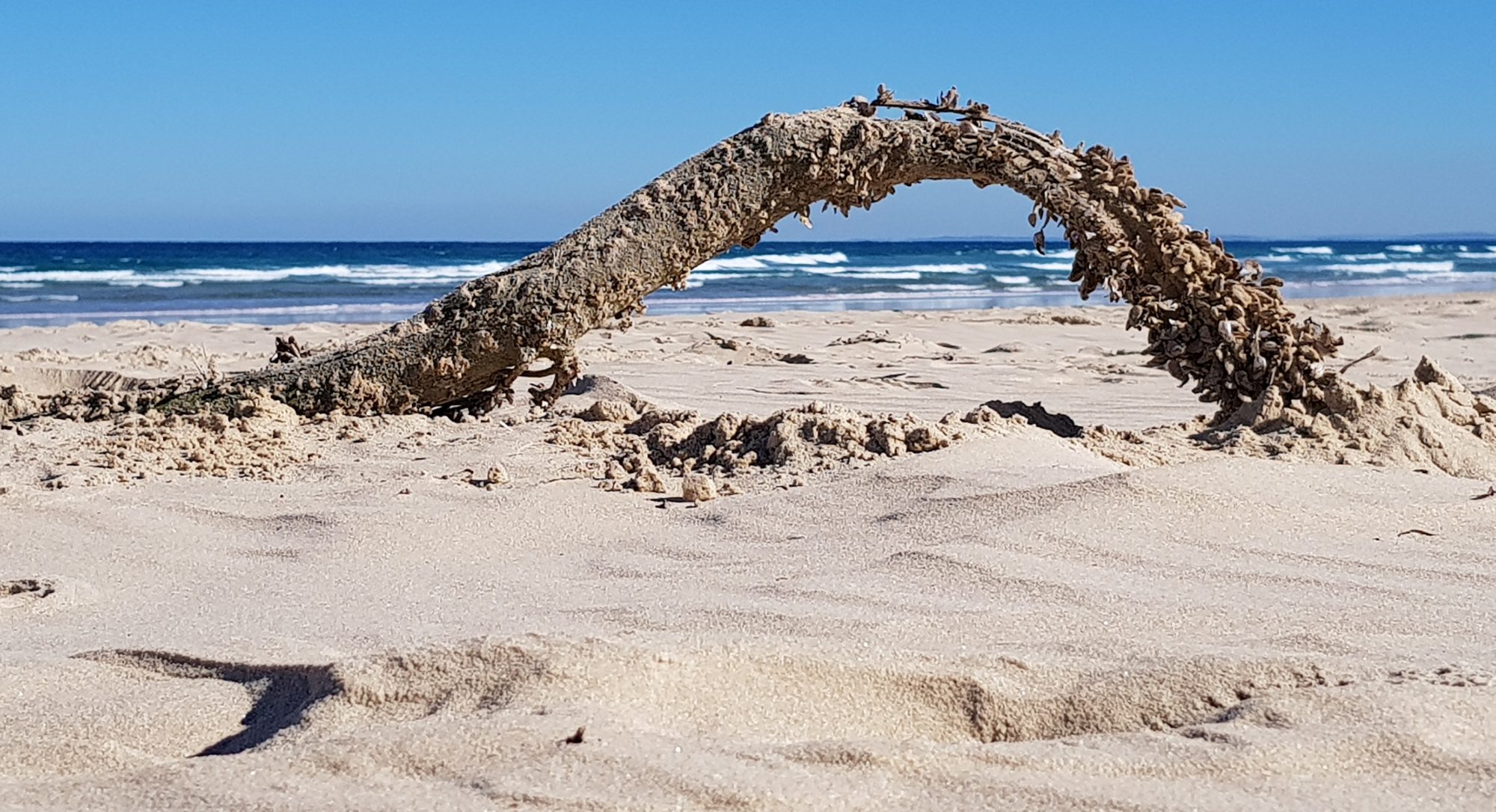If you told me that a half dozen psychologists with a good sense of humour went out for Friday night drinks and came up with Huge in France, I’d believe you. It’s so decidedly rare these days to see a show which understands and showcases the human animal so well. And when I say ‘animal’, I mean ‘animal’ – there are characters in Huge in France which are a little too real at times.
In brief, the main plot line is about a French comedian, Gad Elmaleh (played by the ‘real’ Gad Elmaleh who is, apparently, huge in France) who flies to LA to reconnect with his teenage son (Luke) after his ex-wife (Vivian) asks Gad to surrender his parental rights. For years Gad has paid Vivian huge amounts of support and she, Luke and her new partner, Jason Alan Ross (all names required!), live very comfortably thanks to Gad’s successful comedy career in France.
Much of the storyline works from there, with the usual fish-out-of-water themes where Gad learns about life outside of France and discovers that while he’s huge in France, he’s actually very small (i.e. unheard of) elsewhere. It’s a huge shock to the ego for ‘C’est Gad’, and hard for him to believe, but the humour and storyline are only part of the reason for watching this show. What got me with Huge in France was the amazing portrayal of such 3D characters – so flawed, so damaged, but also understandably so.
It’s easy for scriptwriters to create characters who are ‘good’ or ‘bad’ – the characters we know we’re supposed to support and the ones we’re supposed to cheer about when they suffer their downfall. But in Huge in France, while you’re hoping that Gad gets his way in one scene, you’re just a little disappointed by his actions in the next. And while you’re hoping for Vivian’s downfall in one scene, you can’t help feeling just a little sympathy for her in the next. And this is courageous script-writing – where you might actually see the ‘hero’ of the story as a real, flawed human being or the ‘villain’ as someone you might momentarily feel for.
But the big one for me was the way they turned the tables on gender roles in domestic violence. We all know that men can suffer from domestic violence – but when do we ever see it? In Huge in France we see it in spades as Vivian subjects her partner, Jason Alan Ross, to some horrific coercive control.
With governments around the world bringing in laws against coercive control, I found Huge in France to be an absolute revelation in this respect. Academically, I know what coercive control is, but being lucky enough not to have ever suffered it, it’s hard to really understand how it might feel. And I wondered if I would be able to identify it. Seeing the character of Jason Alan Ross suffering at the hands of Vivian really brought it home, really helped me see what it might look like and how sufferers can slide into that situation so easily.
For that alone, Huge in France is worth watching – so that we all get a better understanding of what coercive control might look like, so that we can ensure we’re not perpetrating it, and to help us help those who might be subjected to it, to identify it.
To round it out, Luke displays similar attitudes and a temper to match as a spoiled brat who, like his mother, expects his step-father to do his bidding for him. This is, of course, understandable – he’s just a 15 year old boy who’s working hard to be a model, and when Jason Alan Ross promises to do something, Luke can’t understand why it’s not done. So you can see both sides of the story – but it’s a great lesson in how not to raise your child.
I’m not going to tell you about particular episodes or any of the other storylines or characters – you need to discover them for yourself. But be warned, episode eight, the last of series one, really throws some great punches. Well worth waiting for.
If you like your comedy a little dark, a little uncomfortable and with a few surprises, then Huge in France should keep you watching. It did me.
Bring on season two!
